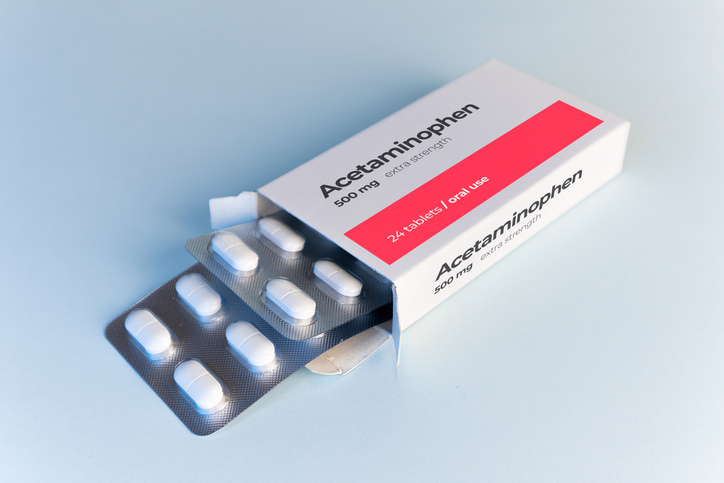
Granulomatosis with polyangiitis (GPA) and microscopic polyangiitis (MPA) in young patients may be successfully managed by rituximab, according to results from a recent trial.
The Pediatric Polyangiitis and Rituximab Study, an international, multi-center, open-label clinical trial, included 25 patients aged between two and 17 years with recurring or newly onset GPA or MPA. Researchers excluded severely ill patients who required mechanical ventilation due to alveolar hemorrhage or required plasmapheresis or dialysis at screening.
Most of the patients (n = 19, 76%) had GPA; six (24%) had MPA. Patients were mostly female (n = 20, 80%), white (n = 17, 68%), and had new-onset disease (n = 18, 72%). Median age was 14 years.
During the screening period, patients received three doses of methylprednisolone intravenously followed by four weekly 375 mg/m2 intravenous doses of rituximab and concomitant oral glucocorticoid taper. After six months of remission induction, patients only received rituximab infusions if necessary. Researchers measured rituximab’s effectiveness using the pediatric vasculitis activity score (PVAS). Patients with a 0 PVAS and who took ≤ 0.2 mg/kg/day (max 10 mg/day) of oral prednisone or prednisolone equivalent were considered in remission.
At baseline, mean PVAS was 8. The whole cohort completed the first four doses of rituximab and the six-month remission induction phase, and 24/25 completed at least 18 months of follow-up. During the first six months, every patient experienced at least one adverse event (AE), and 10 serious adverse events (SAEs) occurred in seven patients. The most common AE was infusion-related reactions (IRRs). They were most frequent in the first infusion, occurring in 32% of patients, and became less frequent in subsequent infusions. Infections presented in 68% of patients, the most common being upper respiratory tract infections (16%). Throughout the entire study, 27 SAEs occurred in 12 patients. There were no deaths. After six months, 56% of patients achieved remission, and all patients did so after 18 months.
The study’s results were presented at the American College of Rheumatology annual meeting.
The study authors concluded, “In this first global clinical trial of rituximab in pediatric patients with GPA/MPA, rituximab was well tolerated with an overall safety profile comparable to rituximab-treated adults with GPA/MPA. No new safety signals were observed.”
Treatment and Long-Term Outcomes of Primary Central Nervous System Vasculitis
Neutrophil Extracellular Traps in Rheumatic Diseases
Using Ofatumumab for SLE When Rituximab Just Won’t Do
Source: American College of Rheumatology







 © 2025 Mashup Media, LLC, a Formedics Property. All Rights Reserved.
© 2025 Mashup Media, LLC, a Formedics Property. All Rights Reserved.